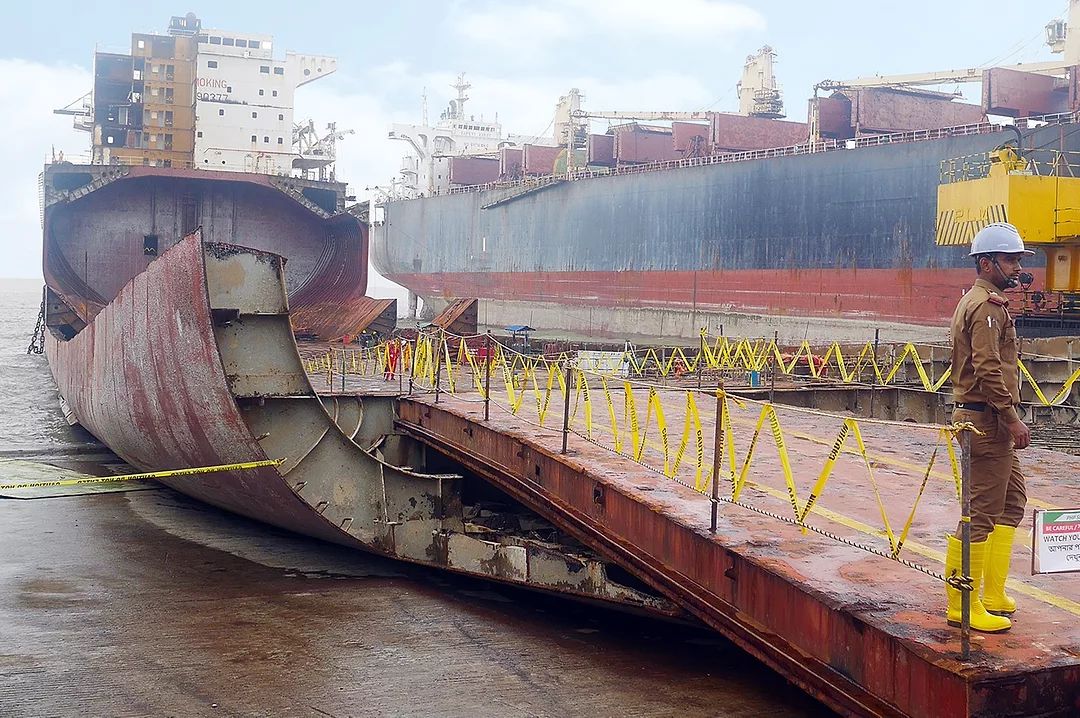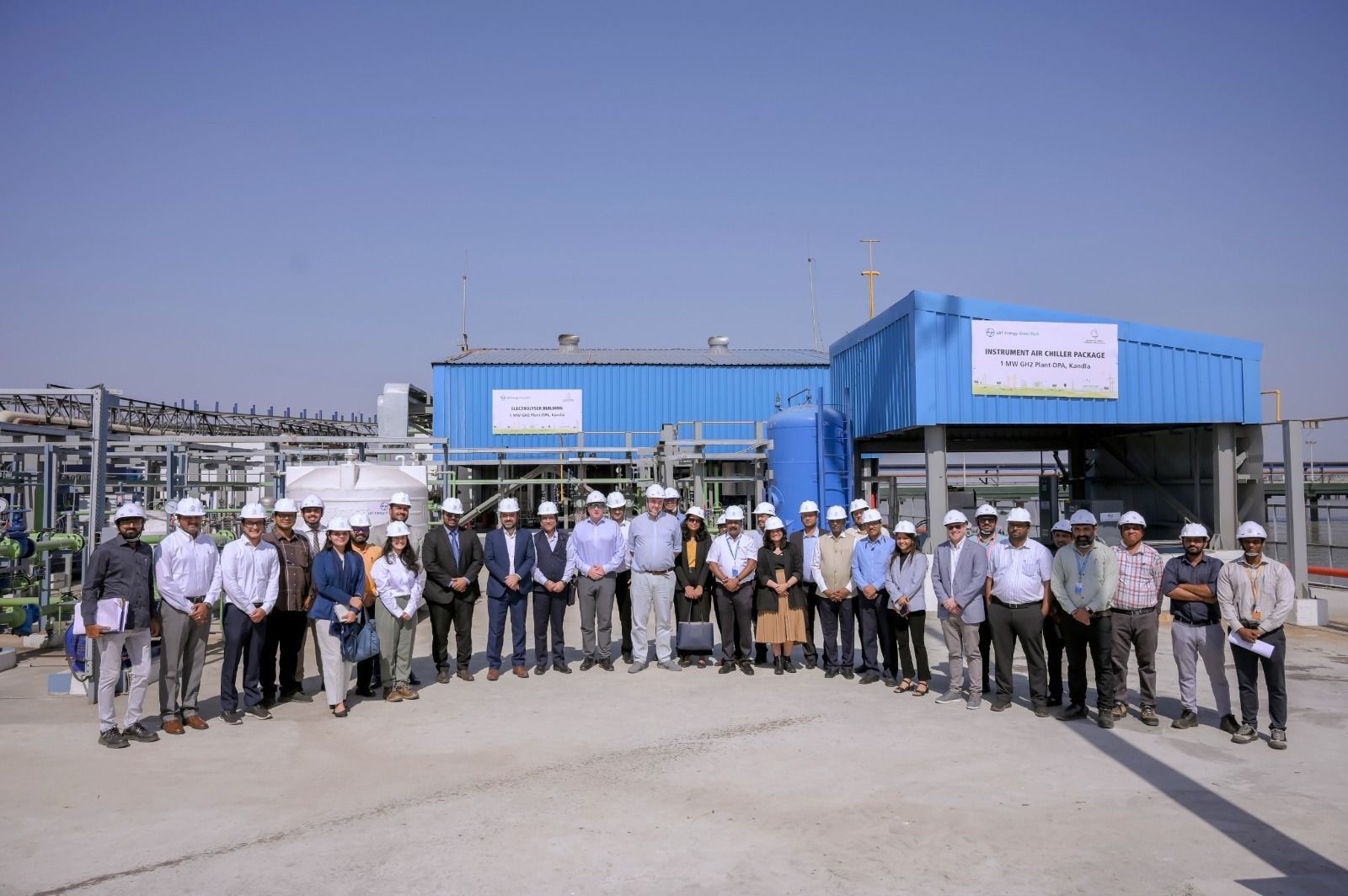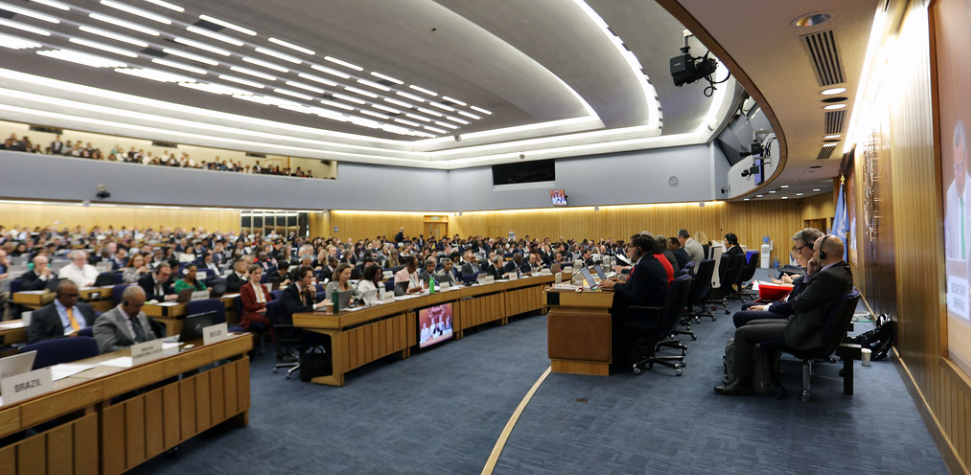Engineer Aims to Revolutionize Ship Recycling to Boost European Steel Industry
Rotterdam, Netherlands — A Dutch engineer is planning a groundbreaking approach to ship recycling, aiming to cut vessels like slices of bread and inject new life into Europe’s struggling steel industry. Frank Geerdink, an experienced innovator, envisions a fully automated process that will make shipbreaking cleaner, safer, and more economically viable within European borders.

Geerdink’s ambitious project centres on the development of a high-tech ship recycling facility in Rotterdam, the Netherlands. By employing wire cutter technology—a precision tool capable of slicing through steel with surgical accuracy—he aims to disassemble large ships into reusable components with unprecedented efficiency.
“This is about more than just scrapping old ships,” Geerdink said. “It’s about creating a circular economy for Europe’s steel industry and reducing our reliance on less environmentally friendly recycling methods abroad.”
Automation: A Game-Changer in Ship Recycling
The global ship recycling industry has long been dominated by South Asia, where countries like India, Bangladesh, and Pakistan recycle the majority of the world’s retired vessels. These operations often carried out in hazardous conditions on beaches, pose significant risks to workers and the environment. Europe, on the other hand, has struggled to establish a competitive foothold in the market, partly due to stricter labour and environmental regulations.
Geerdink’s approach could change that. His plan involves an entirely automated process, using advanced wire-cutting technology to dismantle ships with minimal human intervention. This eliminates safety concerns for workers and reduces the environmental impact associated with traditional methods.
“It’s like slicing a loaf of bread,” Geerdink explained. “We’ll be able to precisely and efficiently cut ships into manageable pieces, ready to be melted down and reused in steel production.”
A $65 Million Investment
Geerdink is currently raising $65 million to bring his vision to life. The funding will go toward building the state-of-the-art facility in Rotterdam, which he believes will serve as a proof of concept for automated ship recycling in Europe. If successful, the project could revolutionize the industry, offering a cleaner and more sustainable alternative to the practices currently employed in South Asia.
The facility is expected to begin operations by the end of 2027, with the potential to process multiple vessels simultaneously. It will primarily target Europe’s growing stock of retired ships, including ageingnsal LNG steamships, bulk carriers, and tankers.
According to Geerdink, the project’s location in Rotterdam is strategic. As one of Europe’s largest ports, Rotterdam provides easy access to retired vessels and established infrastructure for transporting steel to manufacturing hubs across the continent.
Supporting Europe’s Steel Industry
At the heart of Geerdink’s project is a commitment to supporting Europe’s steel industry, which has faced significant challenges in recent years. Rising energy costs, competition from cheaper imports, and pressure to adopt greener production methods have left many European steelmakers struggling to remain viable.
By providing a steady supply of recycled steel, Geerdink’s facility could help reduce production costs and improve the industry’s environmental footprint. Recycled steel requires significantly less energy to produce than virgin steel, making it an attractive option for manufacturers looking to cut emissions and meet climate goals.
“Europe’s steel industry is at a crossroads,” Geerdink said. “We need innovative solutions to ensure its survival. This project can play a key role in that effort by providing high-quality recycled steel at a competitive price.”
Challenges Ahead
Despite its promise, Geerdink’s project faces significant hurdles. Raising the necessary funding is just the first step. The facility will also need to navigate a complex regulatory landscape, securing permits and meeting strict environmental and safety standards.
Additionally, the global ship recycling market remains fiercely competitive. South Asian yards benefit from lower labor costs and less stringent regulations, making it difficult for European facilities to compete on price alone. Geerdink, however, is confident that his automated process will offer a competitive edge.
“This isn’t just about competing on price,” he said. “It’s about offering a better, cleaner, and safer alternative. There’s a growing demand for sustainable solutions, and we’re ready to meet it.”
A Vision for the Future
If successful, Geerdink’s project could mark a turning point for both the ship recycling and steel industries in Europe. By demonstrating the viability of automated shipbreaking, it could pave the way for similar facilities across the continent, creating jobs and reducing Europe’s reliance on foreign steel imports.
“It’s time for Europe to take the lead in sustainable ship recycling,” Geerdink said. “We have the technology, the expertise, and the need. All we have to do is act.”
As Geerdink works to secure funding and finalize plans for his facility, industry stakeholders are watching closely. For now, his vision offers a glimpse of a future where ships are recycled like slices of bread, fueling a cleaner and more sustainable steel industry in Europe.
Author: shipping inbox
shipping and maritime related web portal








